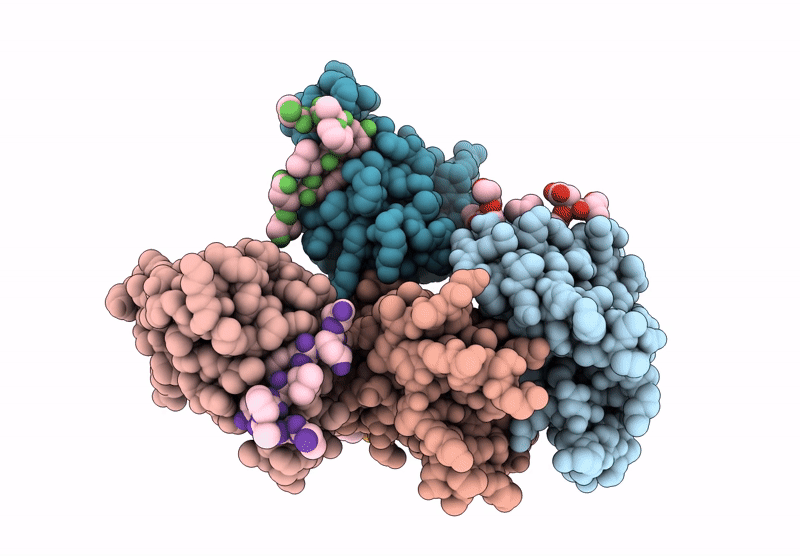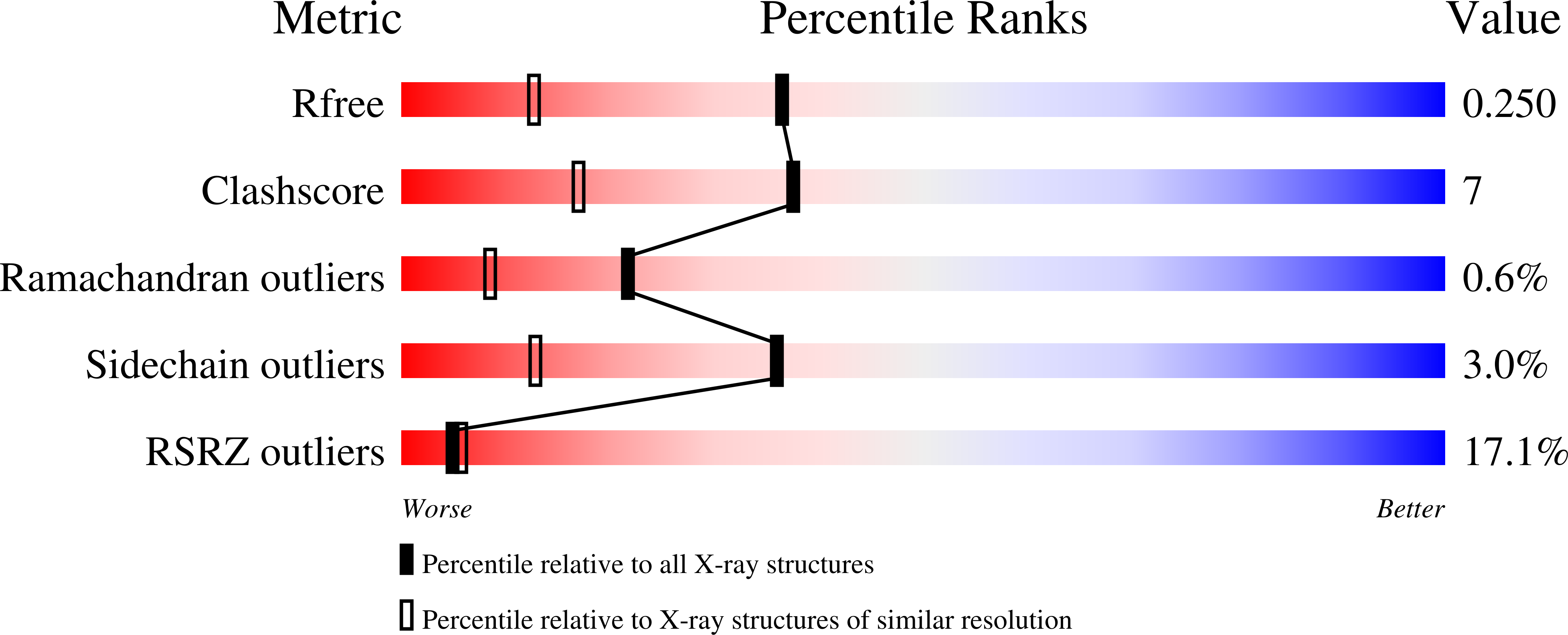
Deposition Date
2024-02-28
Release Date
2024-10-30
Last Version Date
2024-11-20
Method Details:
Experimental Method:
Resolution:
1.74 Å
R-Value Free:
0.24
R-Value Work:
0.22
Space Group:
C 2 2 21


